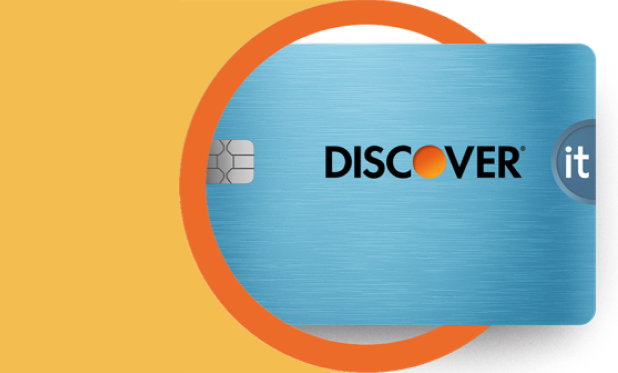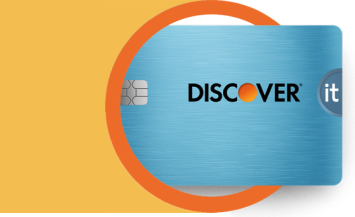The transaction process begins when you present your credit card as payment at the register or online.
The merchant’s POS device reads your credit card data and sends the payment information to the payment processor or the acquiring bank. Remember, sometimes the acquiring bank and payment processor are the same, but sometimes they’re separate entities. The acquiring bank or payment processor transmits the data to your credit card issuer.
When the card issuer receives the relevant information, it confirms your identity and account status. Then, the card network checks your available credit. If you have enough available credit to afford the transaction, the network authorizes it.
If you’ve reached or exceeded your credit card limit, your transaction may be declined. The card issuer might also decline your transaction for suspicion of fraud.
The card network passes the decision about the transaction back to the acquiring bank or payment processor, then finally back to the merchant’s EMV POS device.
Your credit card data passes between several different entities every time you use your card. But UC Santa Barbara explains that all parties use encryption and take other security measures to protect your credit card data and maintain PCI compliance.







